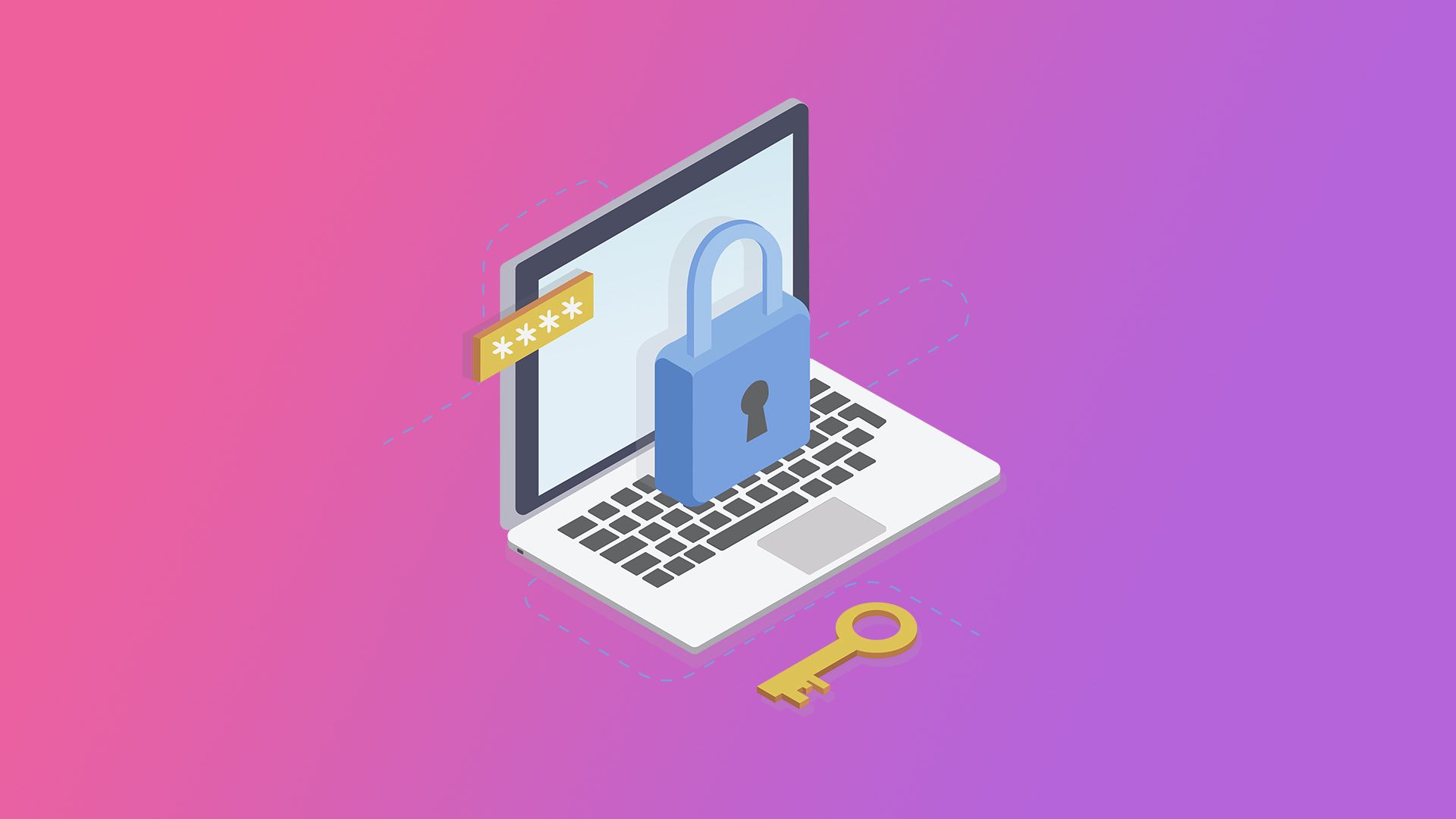In today’s digital world, our personal and professional lives are more connected than ever. From online banking and shopping to social media and work accounts, we depend on the internet for almost everything. While this brings convenience, it also makes us more vulnerable to cyber threats like hacking, phishing, and identity theft.
The good news? With the right habits and tools, you can greatly reduce your risk and keep your data safe. Here are practical steps to help you protect your data and stay safe online.
1. Use Strong and Unique Passwords
Your password is the first line of defense against hackers. Using weak or repeated passwords across multiple accounts makes it easier for cybercriminals to break in.
- Create passwords that are at least 12–15 characters long.
- Use a mix of uppercase and lowercase letters, numbers, and special characters.
- Avoid obvious information like your name, birthdate, or “123456.”
To make things easier, consider using a password manager like LastPass, 1Password, or Bitwarden. These tools generate and store strong passwords for you, so you don’t have to remember them all.
2. Enable Two-Factor Authentication (2FA)
Even the strongest password can be stolen. That’s where two-factor authentication (2FA) comes in. With 2FA, you need a second form of verification—like a code sent to your phone or generated by an app—before you can log in.
Most major platforms like Gmail, Facebook, and Instagram offer 2FA. Activating it adds an extra layer of protection, making it much harder for hackers to access your accounts.
3. Be Cautious with Public Wi-Fi
Free Wi-Fi at cafes, airports, or malls may feel convenient, but it’s often not secure. Hackers can set up fake networks or intercept your data on unsecured connections.
If you must use public Wi-Fi:
- Avoid logging into sensitive accounts like banking.
- Use a Virtual Private Network (VPN) to encrypt your connection.
- Turn off file sharing and Bluetooth when not in use.
4. Keep Your Software Updated
Outdated software is one of the biggest security risks. Hackers often exploit old versions of apps, browsers, and operating systems to break into devices.
- Enable automatic updates on your phone, laptop, and apps.
- Regularly update your antivirus and firewall.
- Delete apps or software you no longer use, as they can become vulnerable points.
5. Recognize Phishing Attempts
Phishing is when attackers trick you into giving away personal information by pretending to be a trusted source. These often come in the form of fake emails, texts, or even phone calls.
Signs of phishing attempts include:
- Urgent language like “Your account will be closed immediately!”
- Links that look suspicious or slightly misspelled.
- Attachments from unknown senders.
If something feels off, don’t click the link. Instead, type the official website URL directly into your browser or contact the company directly.
6. Protect Your Personal Information on Social Media
Oversharing online can make you an easy target for identity theft and scams. For example, posting your date of birth, address, or travel plans can be risky.
To stay safe:
- Limit who can see your posts by adjusting privacy settings.
- Avoid posting sensitive details like your phone number or home address.
- Think twice before accepting friend requests from strangers.
7. Use Secure Payment Methods
When shopping online, always use trusted websites with “https://” in the address bar. This shows the site has an SSL certificate and encrypts your data.
- Use credit cards instead of debit cards for online purchases—they usually offer better fraud protection.
- Avoid saving payment details on multiple sites.
- For extra safety, consider using virtual cards or digital wallets like Google Pay or Apple Pay.
8. Backup Your Data Regularly
Even if you follow every precaution, no system is 100% safe. That’s why it’s important to back up your data. In case of hacking, ransomware, or device failure, backups ensure you don’t lose important files.
- Use cloud storage services like Google Drive, Dropbox, or OneDrive.
- Keep an external hard drive for extra security.
- Set up automatic backups so you don’t forget.
9. Be Careful with Apps and Downloads
Malware often comes disguised as free apps, games, or downloads.
- Only download apps from official stores like Google Play or Apple App Store.
- Check app permissions before installing—if a flashlight app asks for access to your contacts, that’s a red flag.
- Avoid pirated software, as it often carries hidden viruses.
10. Educate Yourself and Stay Alert
Technology is always changing, and so are cyber threats. Staying safe online requires continuous awareness.
- Follow trusted cybersecurity blogs or news sources.
- Learn about common scams in your region.
- Talk to your family—especially kids and elders—about safe internet practices.
Final Thoughts
Protecting your data online doesn’t have to be complicated. By using strong passwords, enabling two-factor authentication, avoiding unsafe networks, and staying alert to scams, you can reduce your risk of becoming a victim.
Remember: cybersecurity is not a one-time action but a daily habit. The more proactive you are, the safer you’ll be in today’s connected world.
Take the first step today—review your accounts, enable 2FA, and update your software. Small actions can make a big difference in keeping your digital life secure.
